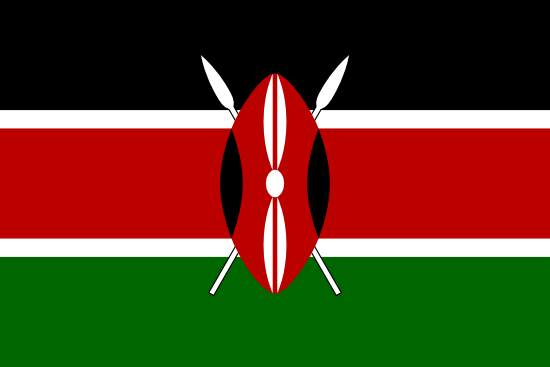These are the open grasslands where most of Kenya's wildlife habitats. These ecosystems support most of our National Parks and Game Reserves. Grassland ecosystems are, like the woodlands and shrublands, a mixture of habitats, depending on topography, drainage, and soils. Grasslands unbroken by other

